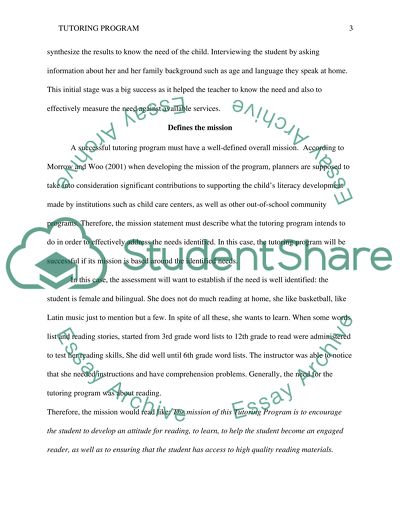Cite this document
(“Evaluating the success of the tutoring program Case Study”, n.d.)
Evaluating the success of the tutoring program Case Study. Retrieved from https://studentshare.org/education/1495443-case
Evaluating the success of the tutoring program Case Study. Retrieved from https://studentshare.org/education/1495443-case
(Evaluating the Success of the Tutoring Program Case Study)
Evaluating the Success of the Tutoring Program Case Study. https://studentshare.org/education/1495443-case.
Evaluating the Success of the Tutoring Program Case Study. https://studentshare.org/education/1495443-case.
“Evaluating the Success of the Tutoring Program Case Study”, n.d. https://studentshare.org/education/1495443-case.


